Yesterday we started our seaside adventure with a look at some fundamentals for successful coastal driving and today we continue the reveal of those critical factors that make the beach a great place to visit in summer!
- The weather and the tides
It’s all about winds and tides. All around the southern side of this land of ours, any hint of big winds coming out of the SE or SW will usually mean crap weather to be coasting. Luckily in summer the spells between those winds will be spread out, replaced by those warmer breezes coming off a scorched interior and blowing offshore and predictable.
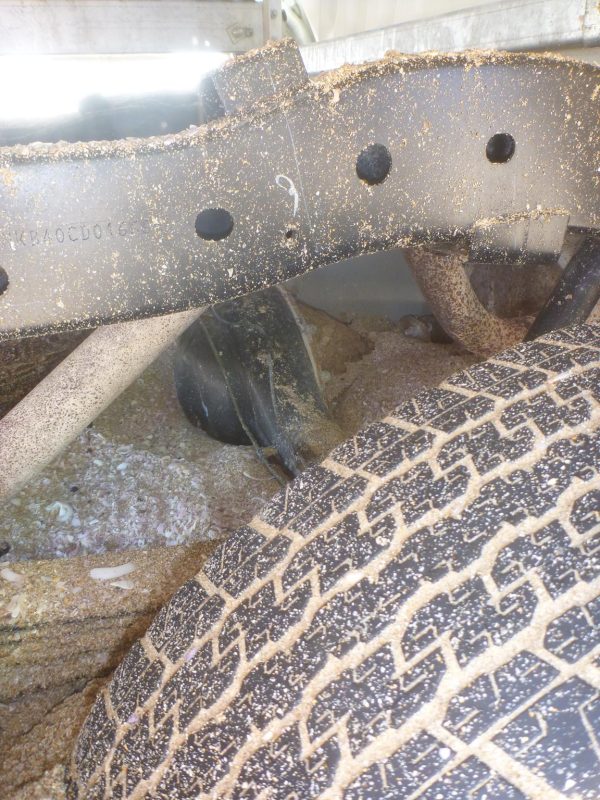
The last thing you want is a beach with a track-space that’s been compromised by a sea that’s been beaten into a lather by onshore winds, washing up against the foredune leaving you nowhere to go. That’ll be further exacerbated if you’re doing that drive on a Full or New Moon moment!
- What about the slope?
I’m referring to the gradient of the beach. Beaches that have a pronounced fall from the foredune to the water’s edge are going to be trouble. That usually means a section of coast with seriously aggressive wave action and sands that never bed down.
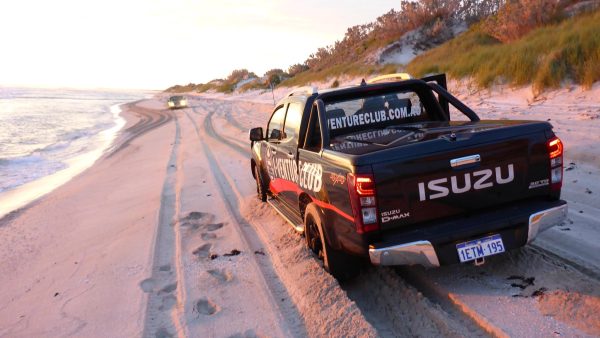
My good mate Mick Brown, mine-host at the Lancelin Beach Hotel is an avid 4WDriver and coastal driving guru and he knows that often the best place to drive is down near the water’s edge… on a flat beach! On a sloping surface, you’ll be looking to stay up the top because that will give you a bit of insurance.
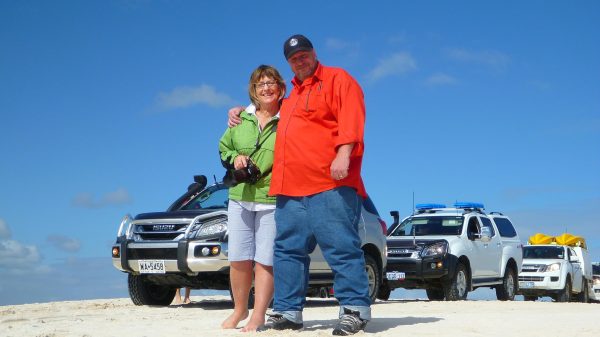
Mick’s key to sloping-survival is engine speed and I have to agree 100%.
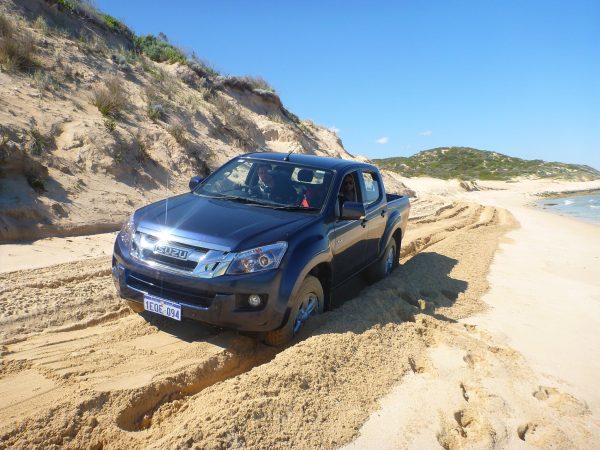
Get the vehicle out of high range and into low. Use gears that keep the engine speed alive and ready for an instantaneous accelerator prod, because having a driveline that’s taut is better than one that’s slack. The vehicle will track a lot straighter and truer. Whilst you’re doing that check your steering because I bet, you’ll be steering uphill.
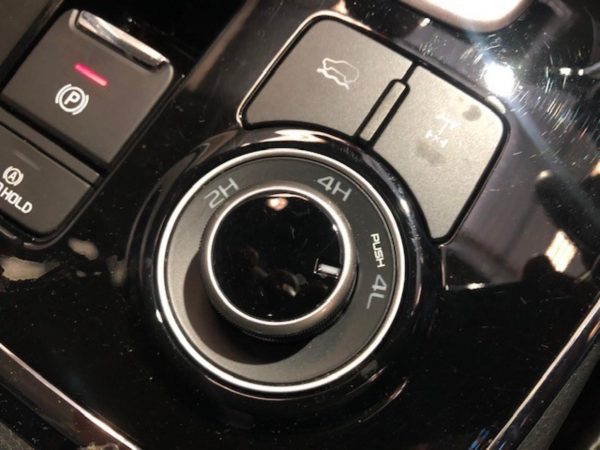
- Creek to coast
No, not the TV show, what happens when an inland freshwater stream meets the ocean.
In Tassie I saw the magnificent Henty River push out to sea, on Moreton Island saw the outfalls at Cravens, Spitfire and Eagers Creeks, in WA the Moore River and all featured the same construct of a deeply eroded channel in the sand waiting for an unwitting tragedy.
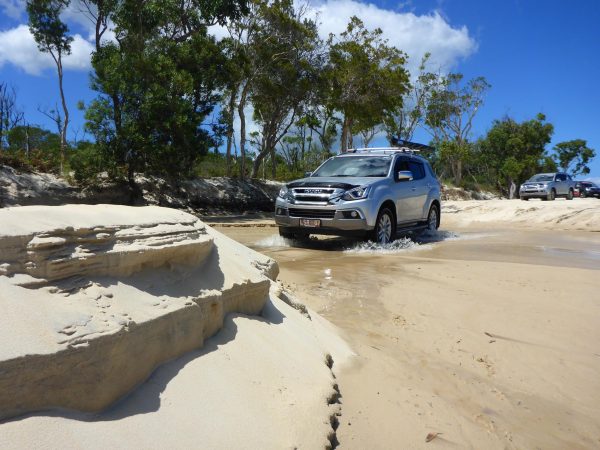
That step caused by the passage of the water forms this blunt cleft that might be insignificant at 150mm or so, or monumental at a metre or more. Whatever the size of the bump it will impact and the severity determined by your speed. There’s been reports over the years where vehicles have done end-over rolls, hitting the unstable bank at higher speeds, nose ploughs into the sand and trips the vehicle over either vertically or with a spiral motion.
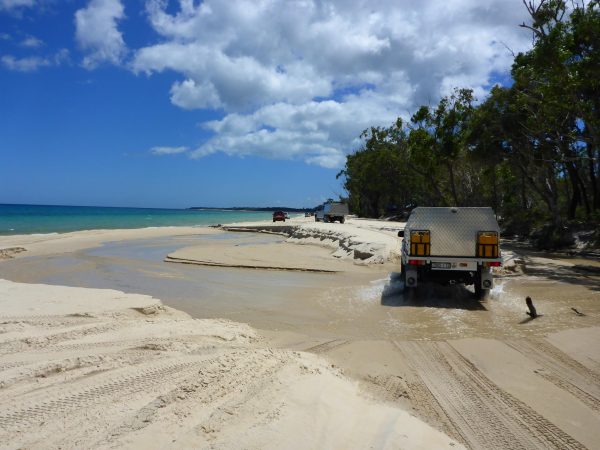
You also want to factor in how much water is heading out to sea before you take that brave run, how deep is it and how firm is the base? Me, I’d much rather watch some other heroes demonstrate it’s possible before I took the plunge or find myself another way! Know your stretch of coast and all of its perils by doing some research.
- Beware the flotsam and jetsam
On the wilder coasts, you can expect a lot of debris to be washed up on the shore and especially after a big weather event. It’s amazing the stuff I’ve seen ranging from furniture, to fishing nets, float buoys and tangled line, barnacle-covered timber, all sorts of plastic trash, bottles, sea containers and even whales!
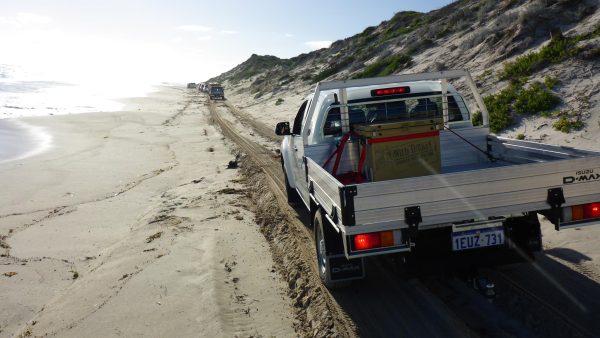
Touch-wood (bad pun) I haven’t compromised a tyre yet, but I know others have with half-buried detritus ripping a big hole in a tread face and changing a wheel on a beach usually isn’t much fun.
- Getting duned
There’s the beach and adjacent to it will be a dune system which might be active or stable. Stay out of stable dunes because that thin layer of vegetation will be the only thing holding it together and once broken it’ll likely never recover. The active systems though offer (where permission is granted) a heap of fun and demand exploration, but don’t go silly.

The biggest risk is in knowing what’s over that summit.
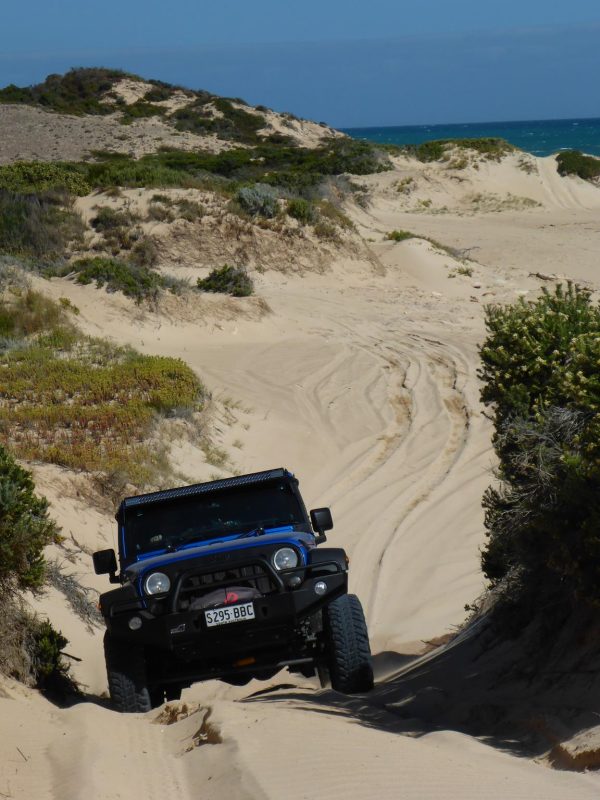
The prevailing winds push the sands around and pile them up, building taller and taller structures that will feature a “lunette” shape or bowl and finish with a razorback edge. That razorback might lead to a blind-descent that could be five, ten, fifteen metres-high or more and presenting a risk.
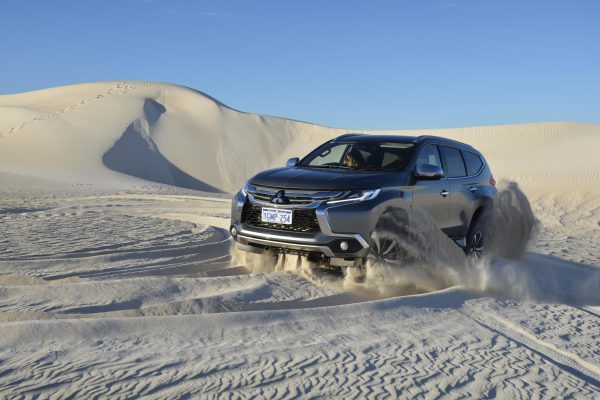
Often these ridges merge into one another and are barely visible. You’re driving along thinking everything is okay only to discover you’re on the precipice of a monumental fall. Point the nose of the car directly down the hill and that’ll rub out the potential of the roll.
- Enjoy it
Celebrate the fact that we live in the best place on earth for going 4WDriving!
There is nowhere on the planet where there’s largely unfettered access to a country’s coastline and one so brim-full of wonder, so lap it up and don’t trash it!
Credit: Thanks to Mick Brown at the Lancelin Beach Hotel for tips used in the production of this story!





GIPHY App Key not set. Please check settings